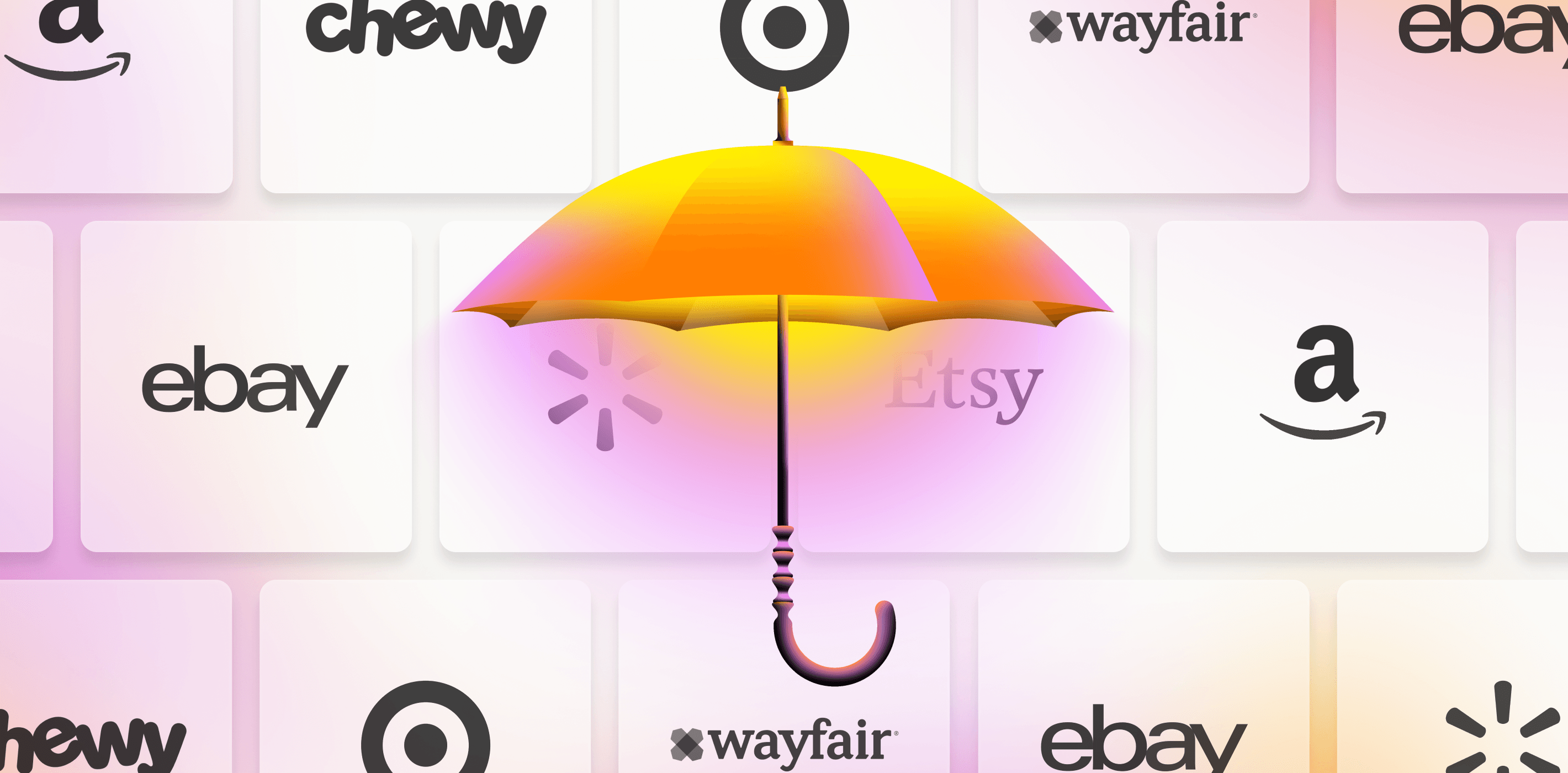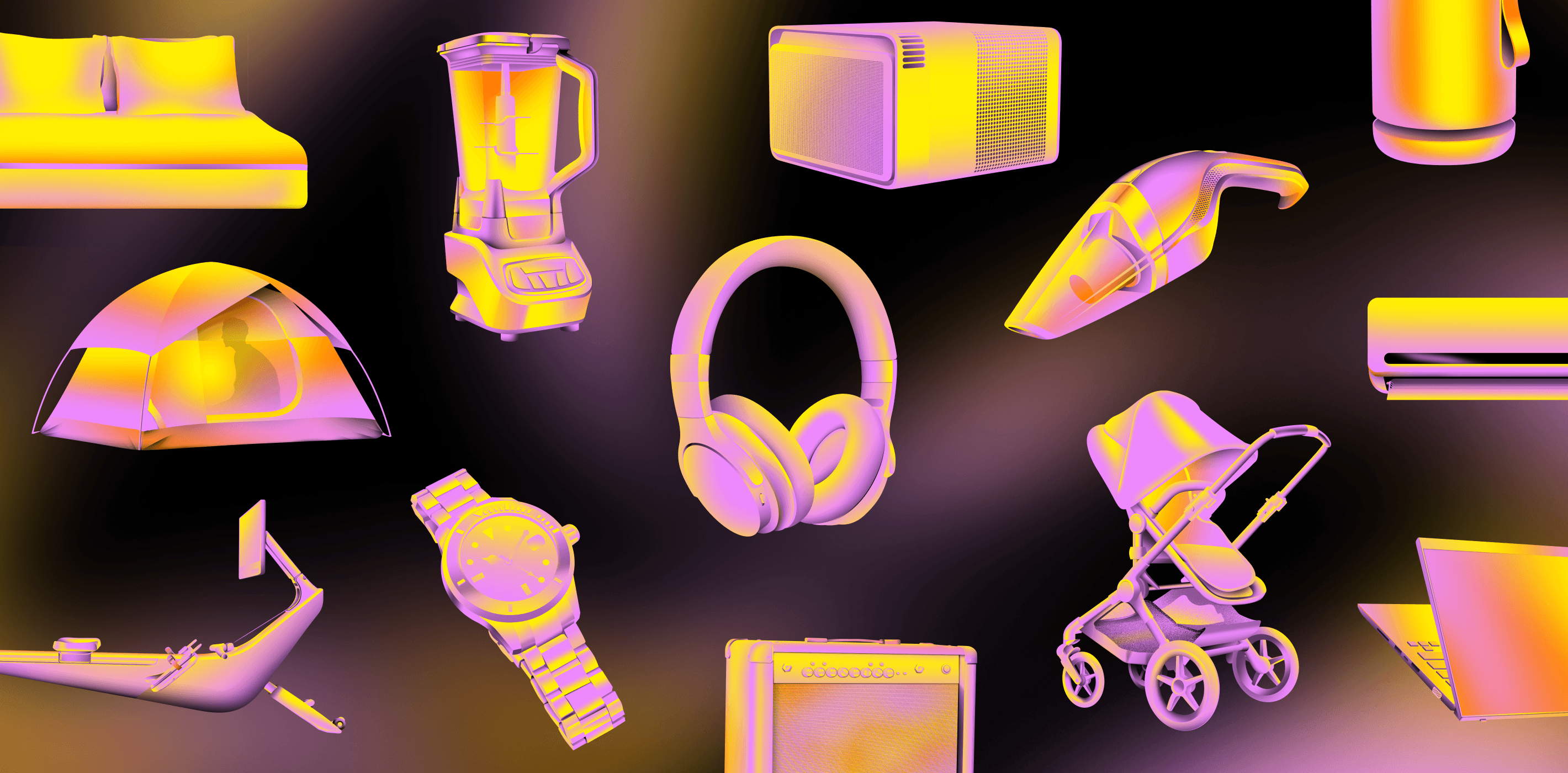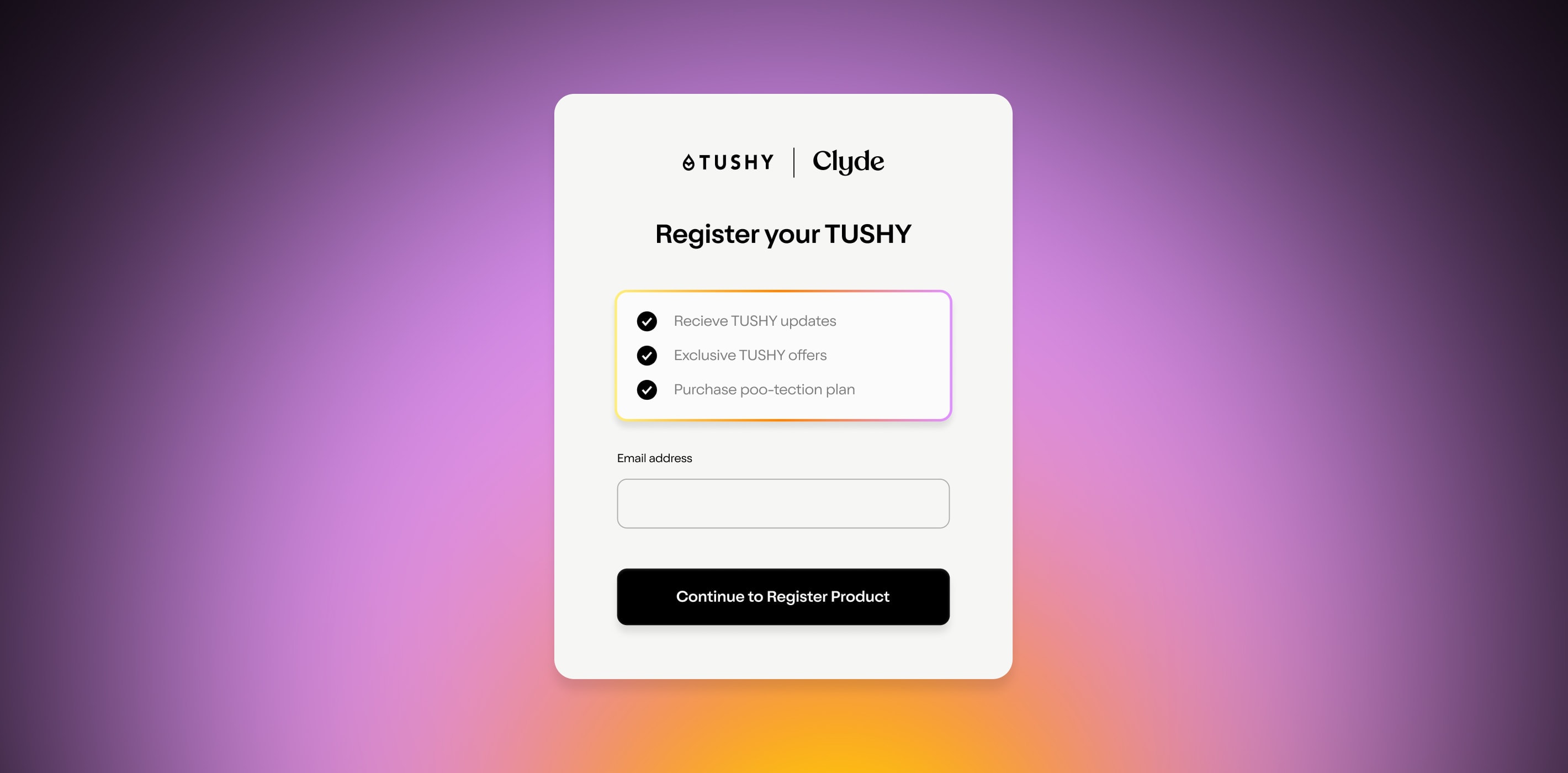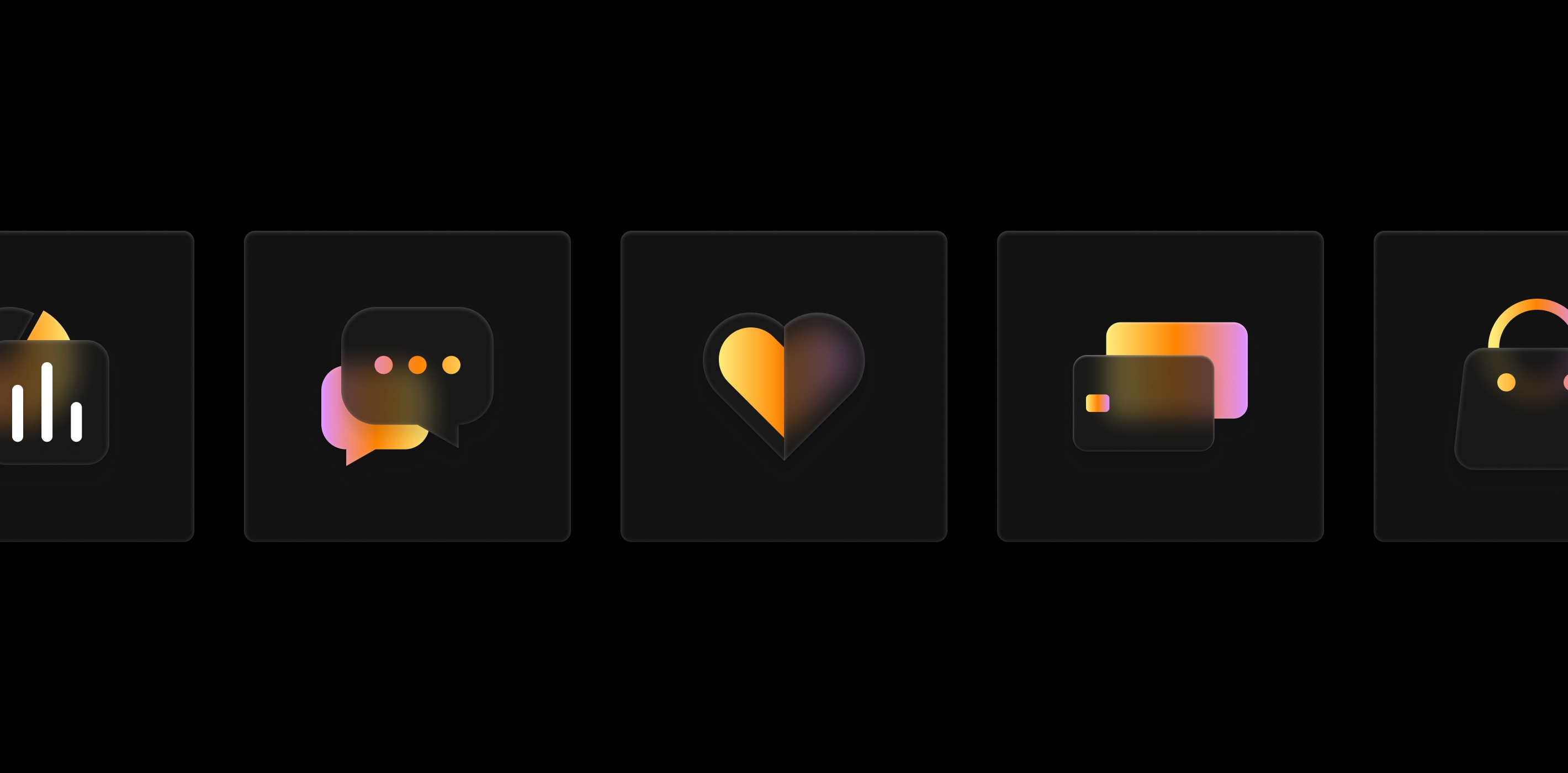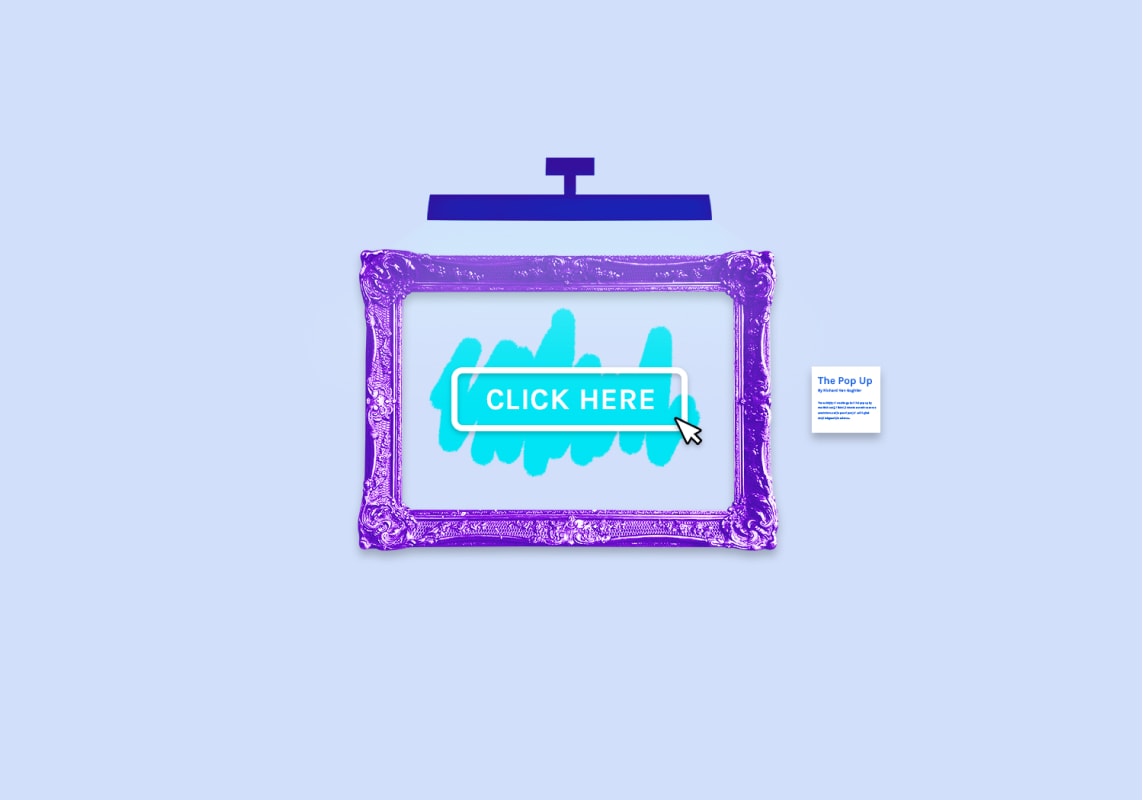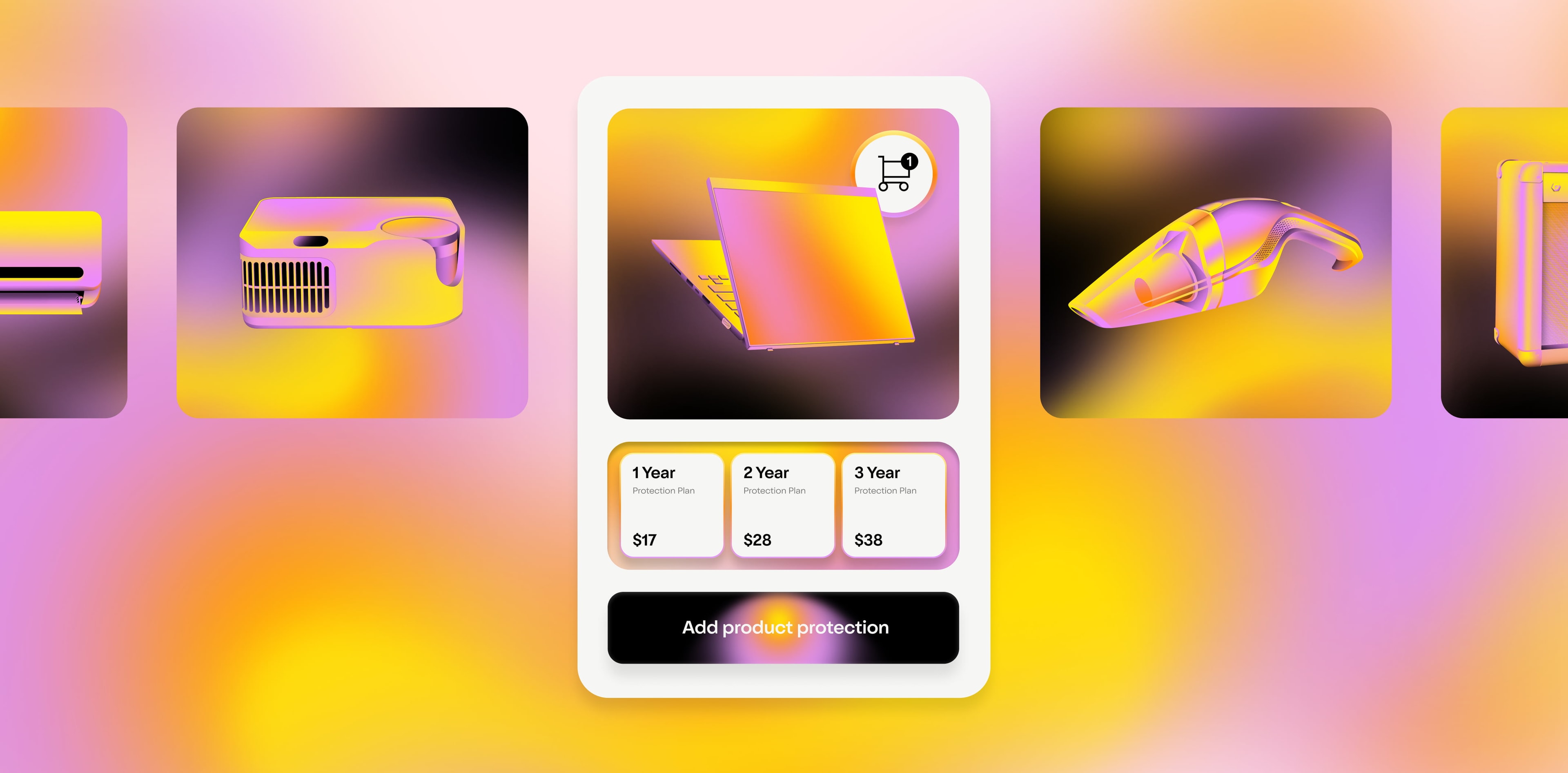If you’ve bought a new fridge in the last few years, chances are it talks to you. Or has a built-in touchscreen for recipes and family calendars. Or integrates with Alexa or has a door alarm or can be opened with a push instead of a pull.
Home appliances have gotten smart, and so have the consumers who are buying them. Along with the changes in must-have features for a new fridge, dishwasher, oven, washer, or dryer have come changes in buying patterns.
Instead of visiting a showroom and having a salesperson walk them through their options, many consumers are buying appliances directly online. What does that mean for overall sales numbers? What new opportunities are there for enterprising online sellers? And how can OEMs get in on the action?
We take a look at all of that here.
What are OEMs?
OEMs are original equipment manufacturers. They’re companies whose goods are either used as components in other companies’ products, as in the case of auto manufacturing, or are finished products in their own right, and are sold to retailers. An example would be Whirlpool making a washing machine that Lowe’s sells to an end user.
How has the OEM business model worked in the past?
Let’s look at the Whirlpool story .
Way back in 1911, a man and his uncle started the Upton Machine Company, selling wringer washing machines to businesses like the electric company. After a few years of good sales, they landed Sears, Roebuck & Co. as a customer, when the retail giant was still a catalogue-only sales company. Sales grew, especially when Sears started opening brick and mortar stores, and skyrocketed in the post-war race to stock the suburbs. They expanded internationally, acquired competitors, diversified—and somewhere along the way, picked up a cooler name.
Today, Whirlpool sells approximately $20 billion worth of products annually, the overwhelming majority of which are sold through big box stores like Lowe’s, Home Depot, and Best Buy.
All this without owning a single store of their own.
Being an OEM has pros: there's less of an emphasis placed on marketing and brand awareness, allowing for more attention to be paid to making excellent products. You can avoid the added operational burden of running stores; the retailers who sell what you’re making will figure out what customers want to hear about it.
But it has cons, too: OEMs can’t control the way their products are sold and they don’t have a direct line to the people buying their products.
At the end of the day, OEMs have a similar risk/reward setup to people whose entire businesses are based on platforms like Instagram. So long as that platform exists as a sales channel, things are rosy. But what happens if Instagram—or big box retailers—are marginalized or go away altogether one day?
The future of OEM retail
In the economic recovery from the 2008 recession, the housing market rebounded, which drove an increase in sales of home appliances. A 2018 article found that American spending on major consumer appliances rose 46% between 2012 and 2017, and that big box stores saw a lot of those dollars: “Retailers with a bricks-and-mortar presence also benefit from the fact that most shoppers — like the Cooks, who scouted products online before checking out top contenders at Lowe’s — still want to see large appliances in person before buying.”
Enter the pandemic.
With in-person shopping unavailable or dangerous, many consumers are heading online to buy things they would’ve normally wanted to buy in person. Even cars! I was on a walk the other day and spotted three cars with Carvana license plate holders that said the cars had been bought online. Admittedly, that was in Austin, Texas, home to a fast-growing tech scene, but still, it’s a harbinger of the increasing trend of buying everything, from groceries to appliances to automobiles, online.
In fact, a 2021 Bain survey of more than 6,000 global consumers found that 26% are more willing to buy appliances online, and that this major shift in buying behavior will accelerate the switch from in-person to digital sales channels by two to five years.
What does that mean for our OEMs? Well, in the short term, good things; demand is up and so are sales.
But if this trend continues in the long term, it puts OEMs at a crossroads. They could continue to sell via big box retailers, sure. But if those retailers are just putting some product photos on a search-engine-optimized website, and not contributing to higher average order values with in-person upselling, why shouldn’t the OEM get in on that market and start selling their products themselves, cutting out the middleman?
That’s what Whirlpool is starting to realize, it seems. They recently added a shopping cart function to their website. While you can still figure out “where to buy” a given product at an in-person retailer near you, they have an online checkout option now, too. It’s a little clunky, but they’re leaning in and trying to grab a slice of that eCommerce pie:
And it looks like their appetite will only continue. Here’s a job posting from the Whirlpool website that was live as of the end of January 2021, when this blog was written, looking for an eCommerce expert with direct-to-consumer experience to build out their online marketplaces in Latin America:
The ongoing pandemic has changed our buying habits, and probably for the long-term. If we’re buying things online that previously we wanted to see, touch, or experience in person—from fruit to formalwear—why assume appliance sales will ever go back to the way they were before?
Opportunities ahead, for the savvy OEM
It might seem scary to OEMs to break away from a traditional model and lean into eCommerce. Why fix something that isn’t broken?
But big box stores might not be the best partner for an OEM, particularly if they’re not adding extra value with in-person salesmanship. And who’s to say that those retailers will even be around in 18 months? If there’s anything we’ve learned from this last tumultuous year, it’s that hanging on isn’t easy. Just ask JCPenny and Sears, both of whom recently filed for bankruptcy .
Building a functioning eCommerce marketplace is a smart next step for OEMs who want to be in control of their own future. And there are plenty of tools and integrations that can make that investment an even more profitable one—like Clyde.
Clyde partners with retailers to offer extended warranties directly to consumers. OEMs know the impact warranties can make on a company’s bottom line—they pioneered the industry, sending postcards directly to buyers or having salespeople sell add-on warranties directly in-store.
With Clyde, retailers can see attachment rates like those they’d seen on in-person sales, facilitated by a completely-customizable, automatic product protection program that integrates seamlessly into their checkout process. It takes minutes to set up and can be up and running on day one, providing full data reporting and analysis so retailers can dig into exactly how it’s working, if they want—while not having to tinker under the hood if they don’t.
A warranty program through Clyde isn’t a question of whether retailers will make additional profit without additional effort—it’s a question of how much.
Set up a demo to see how Clyde works for retailers.
SIGN UP FOR OUR NEWSLETTER



